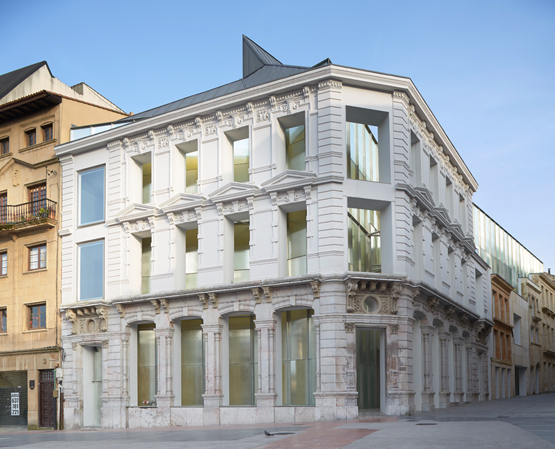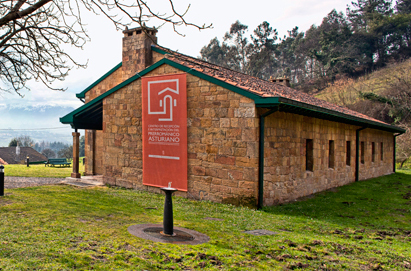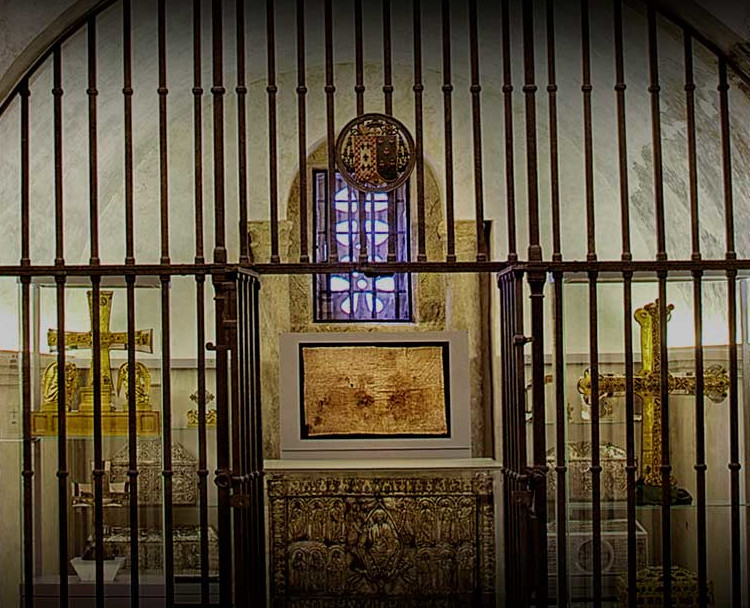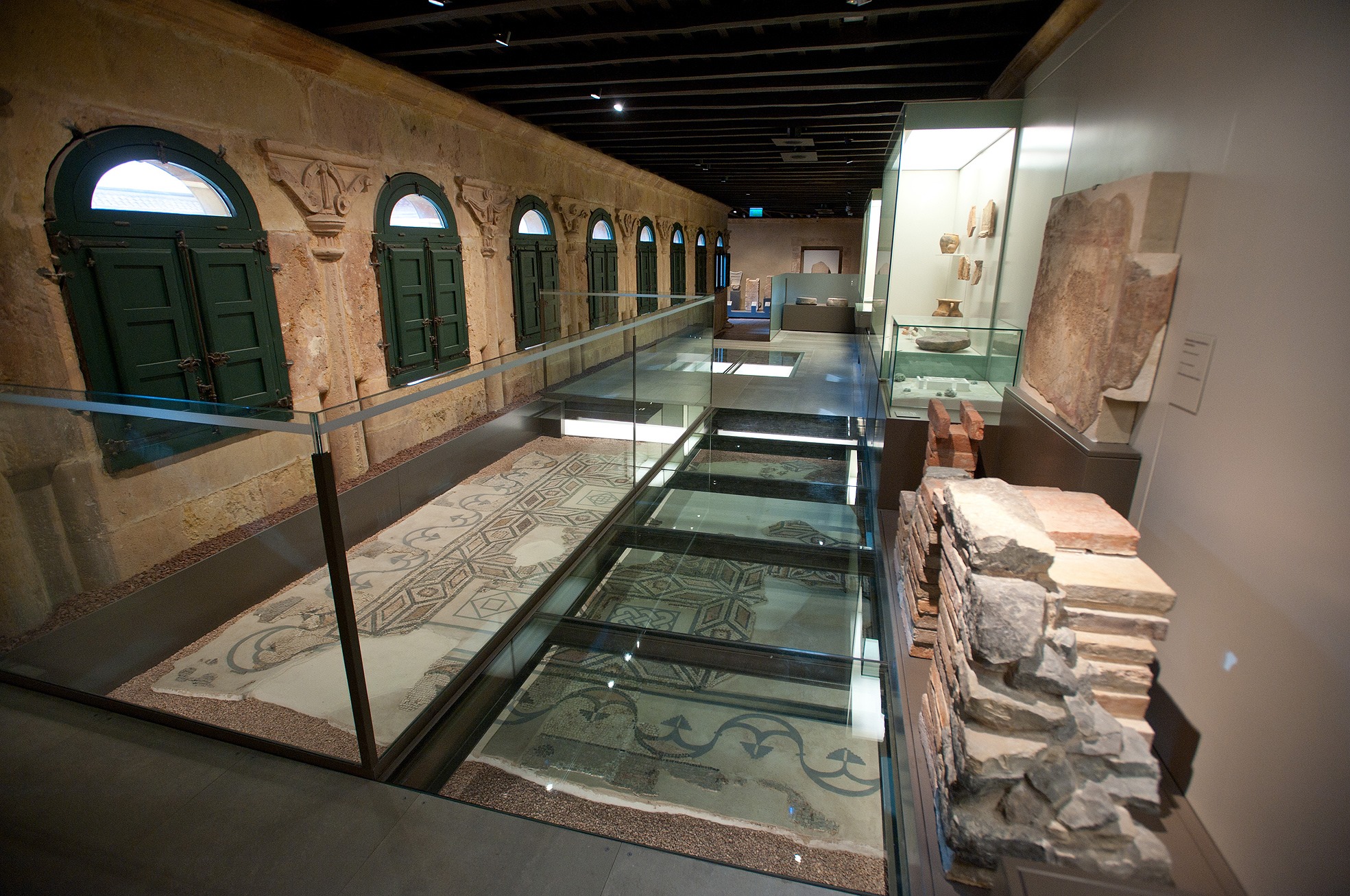Museums
MUSEUMS
The Museum of Fine Arts of Asturias, located in Santa Ana Street, is Oviedo’s major museum. The collection of the Museum of Fine Arts of Asturias was originally formed from the collections of the former Provincial Council and the former Art Museum of the Provincial Academy of Fine Arts of San Salvador in Oviedo. Since then, the collection has increased thanks to acquisitions, donations, legacies, deposits and payments in kind. The contribution of the Pedro Masaveu Peterson Collection is particularly noteworthy. Thanks to all this, the Museum currently has one of the best public art collections in Spain, consisting of more than 15,000 items from the 14th to the 21st century and that include such outstanding names as El Greco, Zurbarán, Ribera, Murillo, Goya, Sorolla, Piñole, Valle, Aurelio Suárez, Luis Fernández, Picasso, Dalí, Miró, Tàpies and Barceló.
A short distance away, the Cathedral houses another of the city’s great museums: The Church Museum. Created by the Archbishop of Oviedo, Gabino Díaz Merchán, it opened in 1990 and is located on the top floor of the cathedral cloister. This floor is in the baroque style and built over the ground floor, which is in the Gothic style. The museum is accessed through the side door of the Cathedral called La Perdonanza Door, located in Santa Barbara Lane, which leads to the museum lobby located in a room that was originally pre-Romanesque. The visit to the museum includes the Cathedral’s Holy Chamber, which houses the Cruz de la Victoria (Victory Cross) and the Cruz de los Ángeles (Cross of the Angles), symbols of Asturias and of the city of Oviedo, respectively; the Caja de las Ágatas (Box of Agate) and the Arca Santa (Holy Ark), which contains a large number of relics, including the Santo Sudario (Holy Shroud).
The Archaeological Museum of Asturias is also worth a visit. It is located in the former cloister of the convent of San Vicente. This building, whose rich history relates to the origin of the city, was declared a national monument in 1934. Expanded in 2011, the Archaeological Museum offers a journey into the past and enables visitors to learn about the human occupation of the territory of present-day Asturias through tools, weapons and ornaments made from various materials.
A few metres from the pre-Romanesque monuments of Santa Maria del Naranco and San Miguel de Lillo, stands the Pre-Romanesque Reception and Interpretation Centre, which takes visitors on a tour through the different stages of pre-Romanesque art, linked to the political evolution of the Astur Kingdom, between the 8th and 10th centuries




